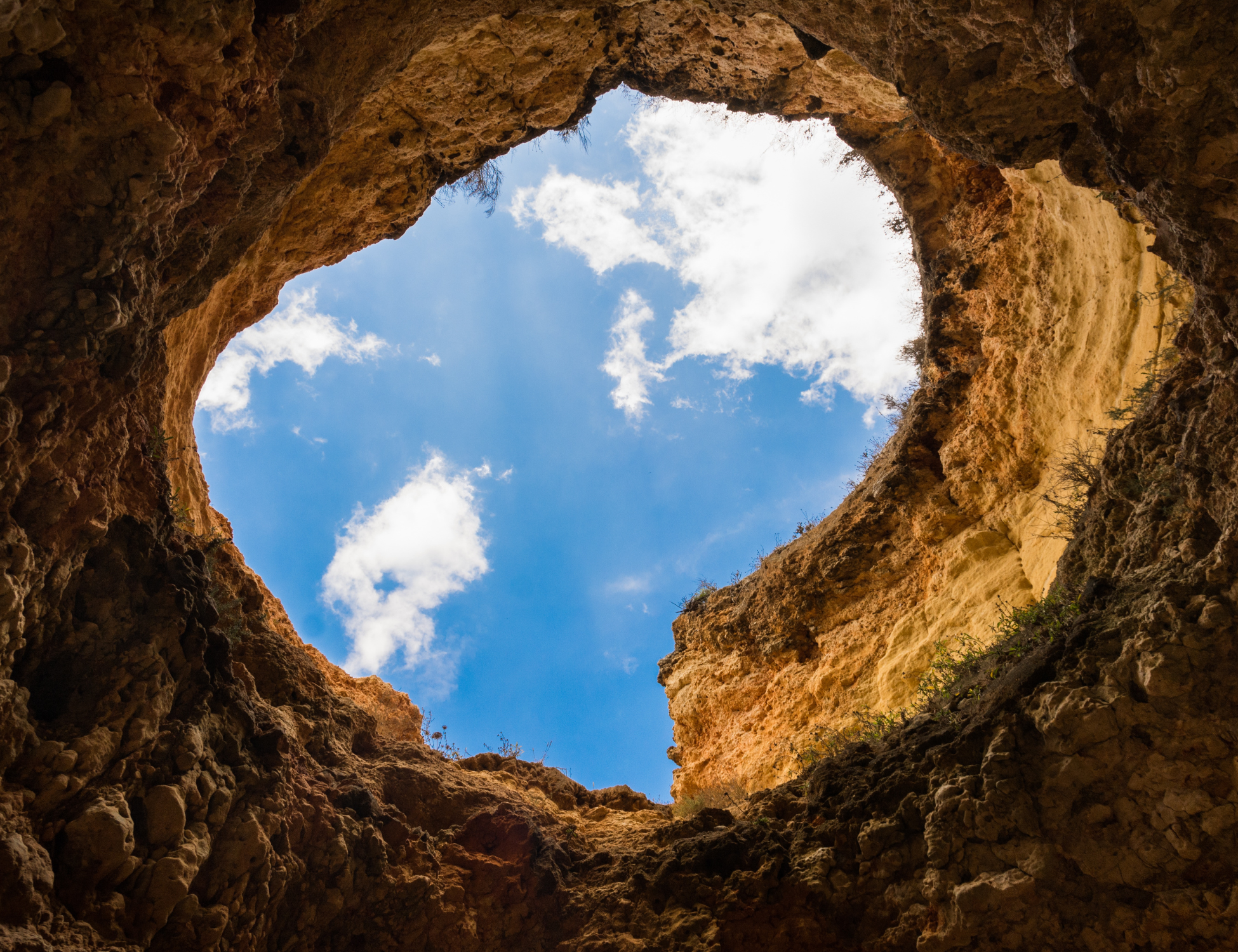Living walls might look like a pro-level project, but now you know the truth: they’re totally doable, even for beginners. Whether you're working with a sunny kitchen wall or a backyard fence in need of a facelift, all it takes is a bit of planning, the right plants, and a willingness to experiment.
At Scott’s Nursery in Lincoln, we’re always here to help—from choosing the best soil and planters to recommending hardy perennials for your specific space. Our team loves seeing creative projects come to life, and we’d be happy to help you build your own vertical oasis.




















